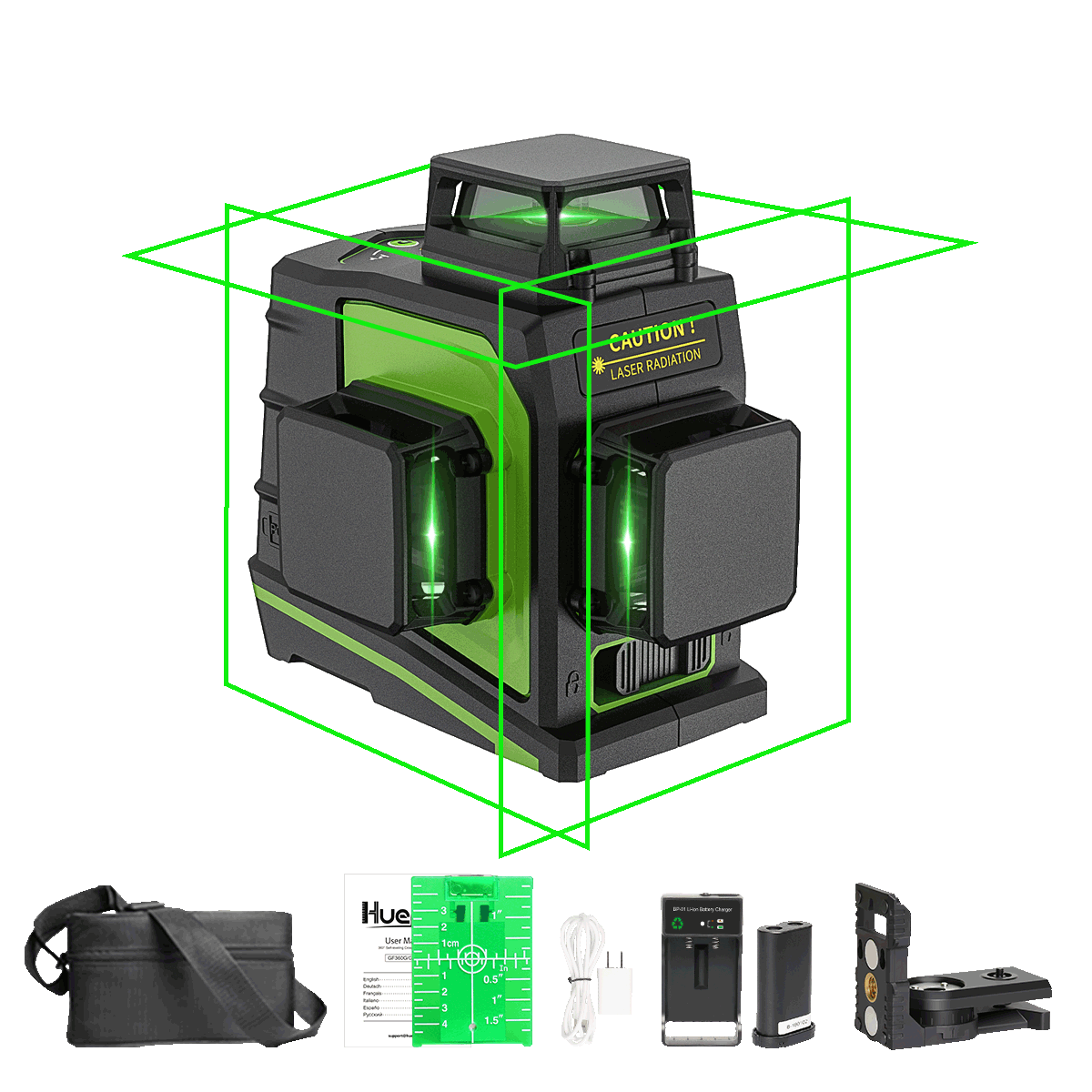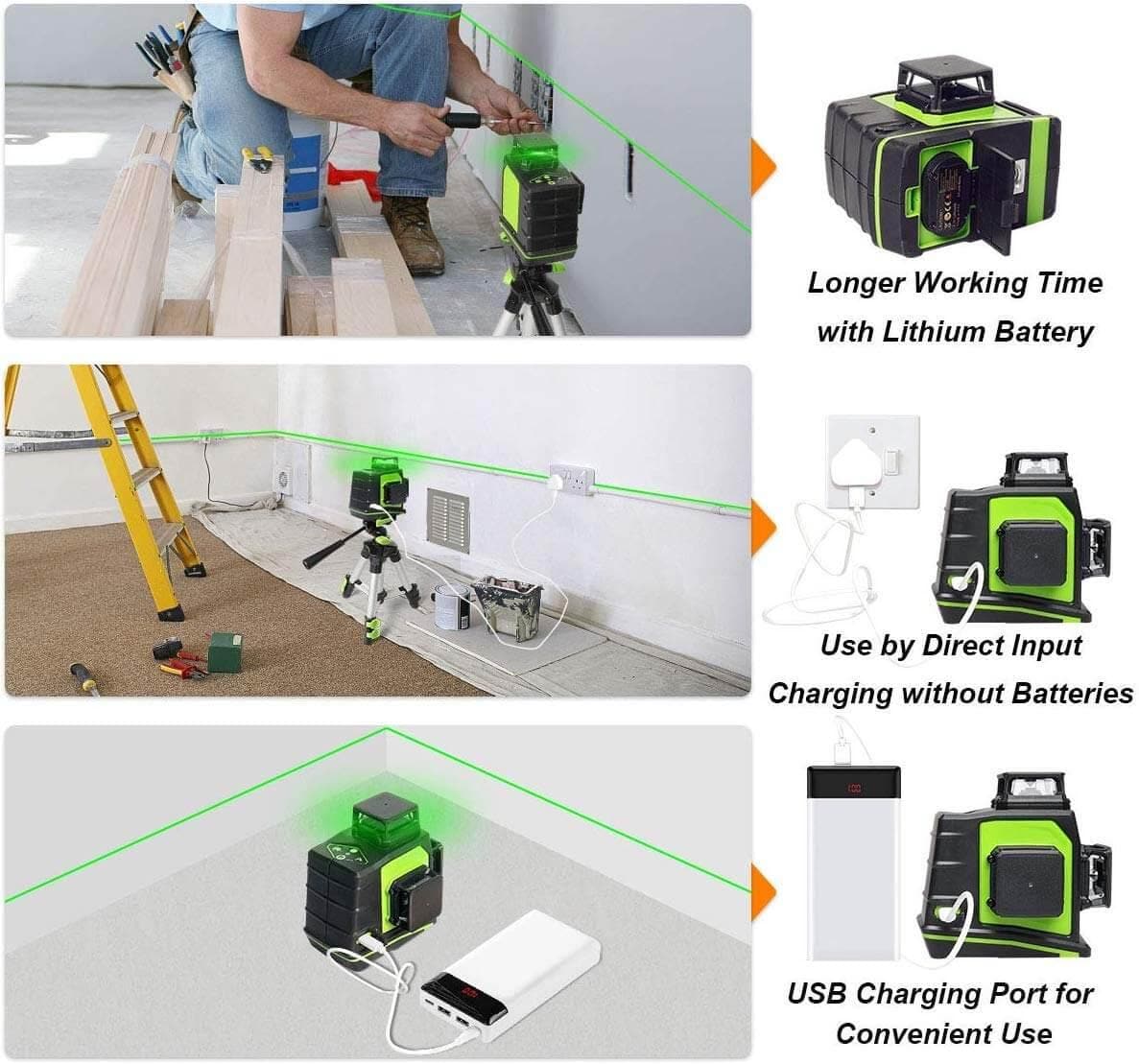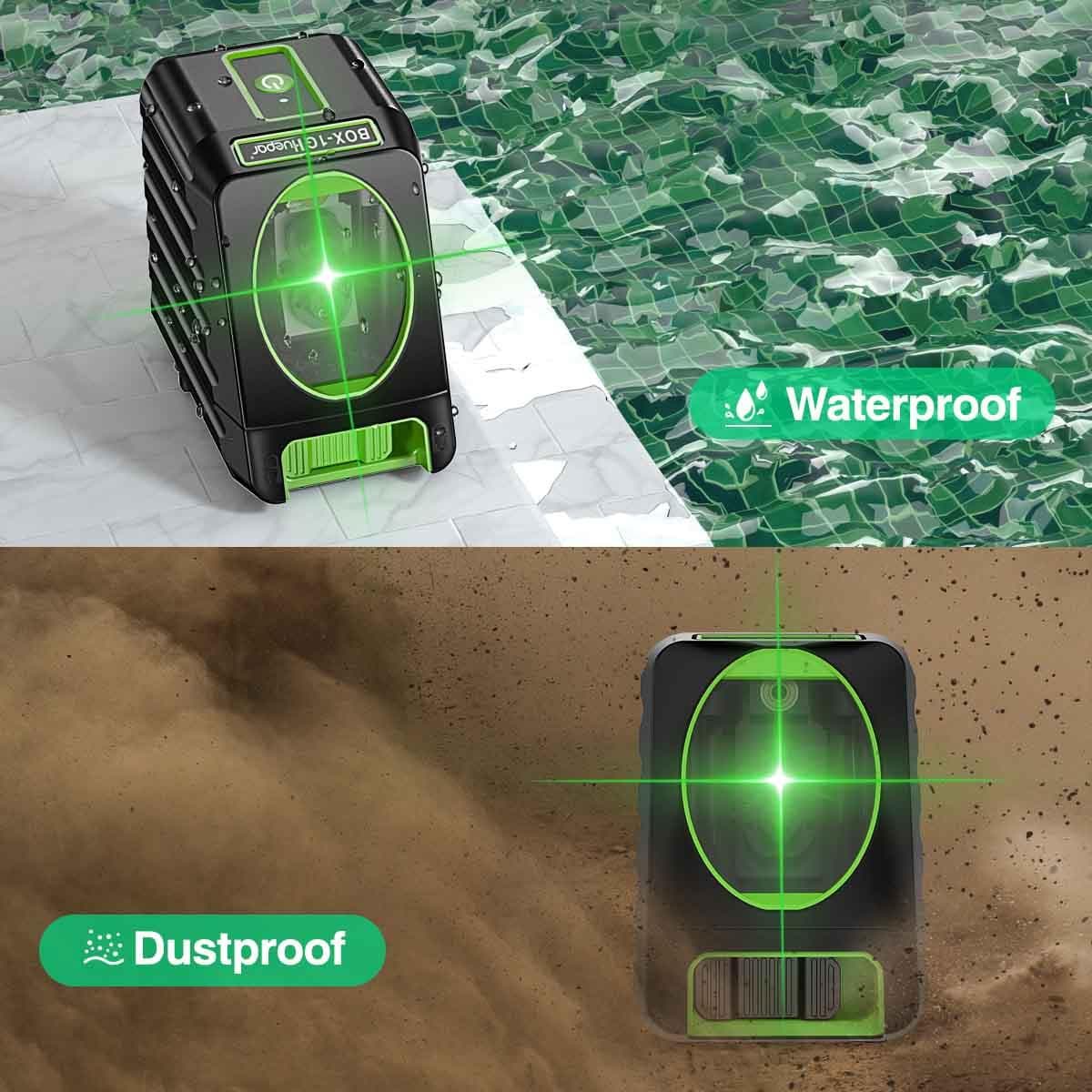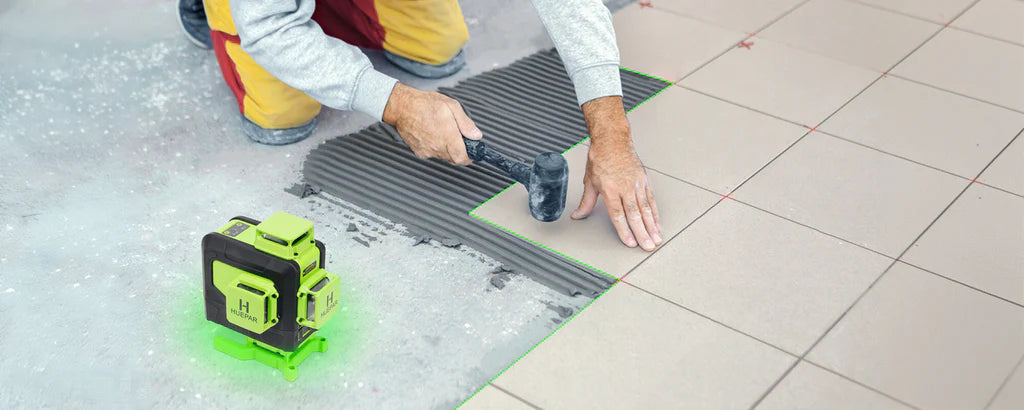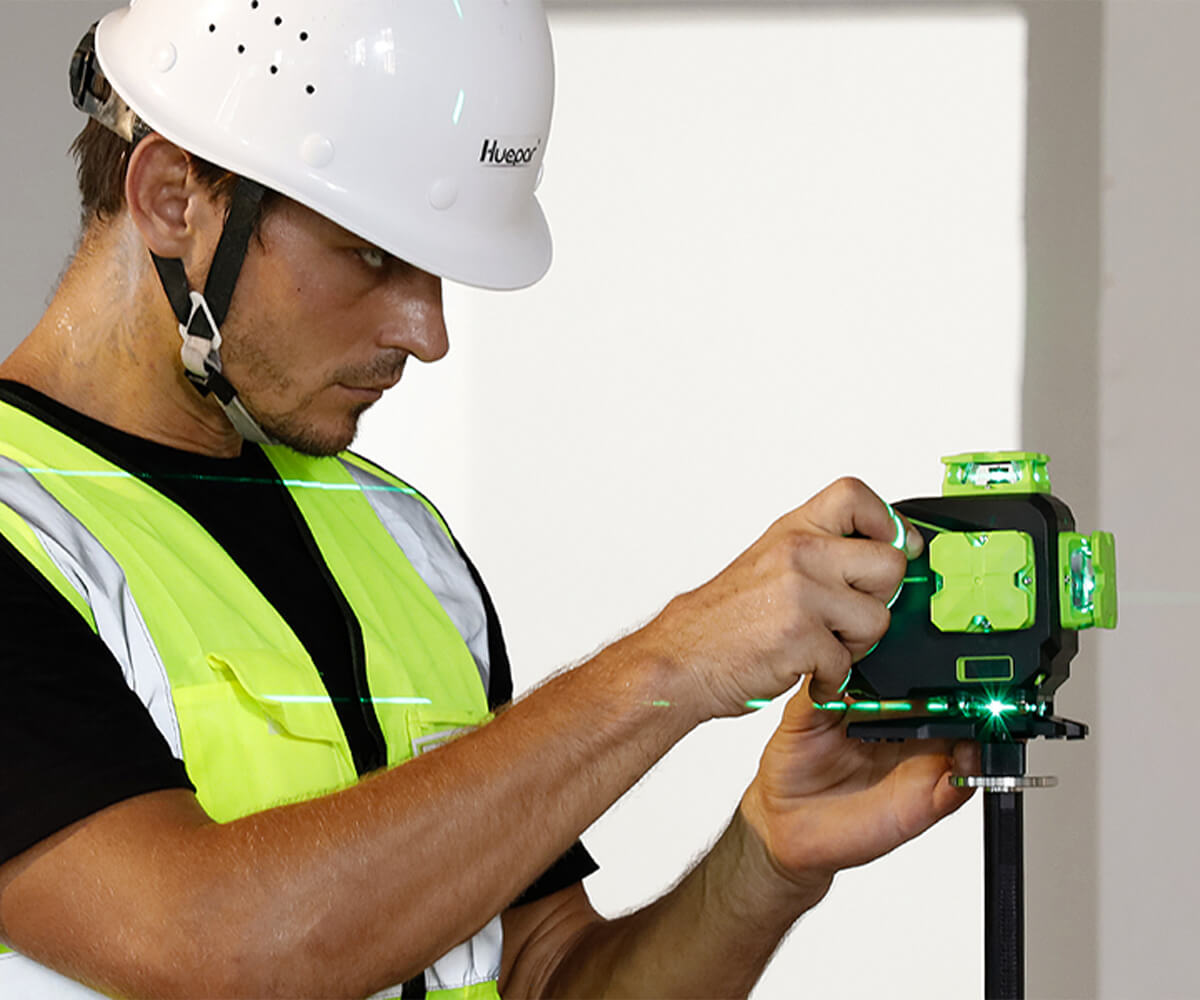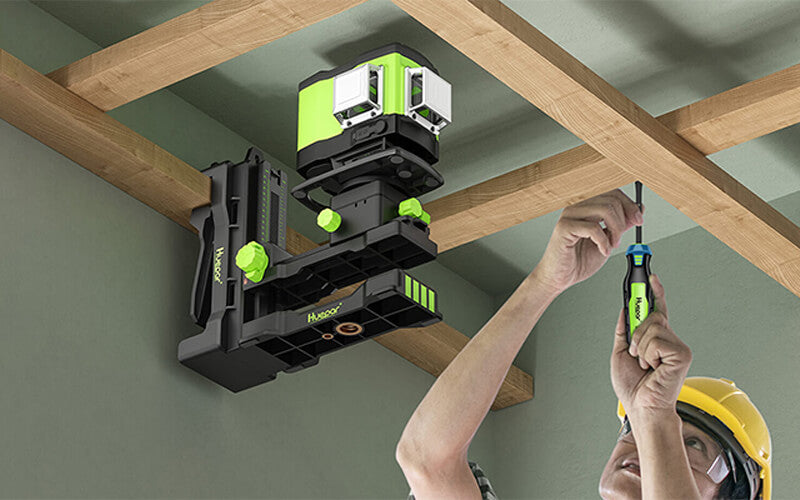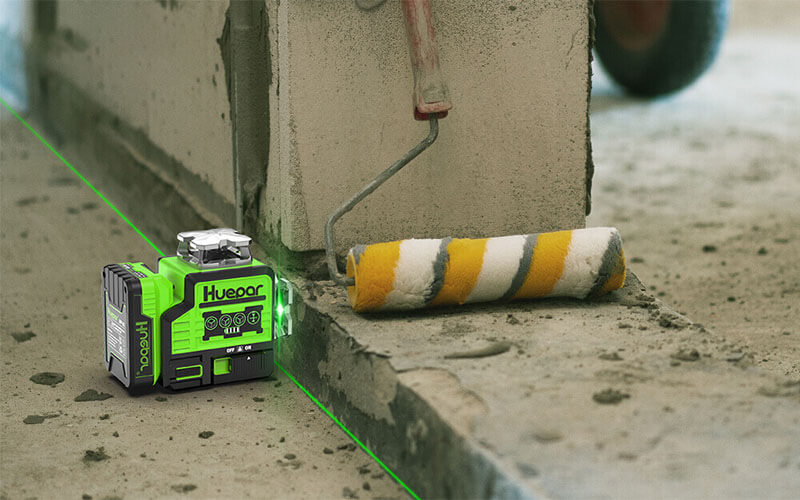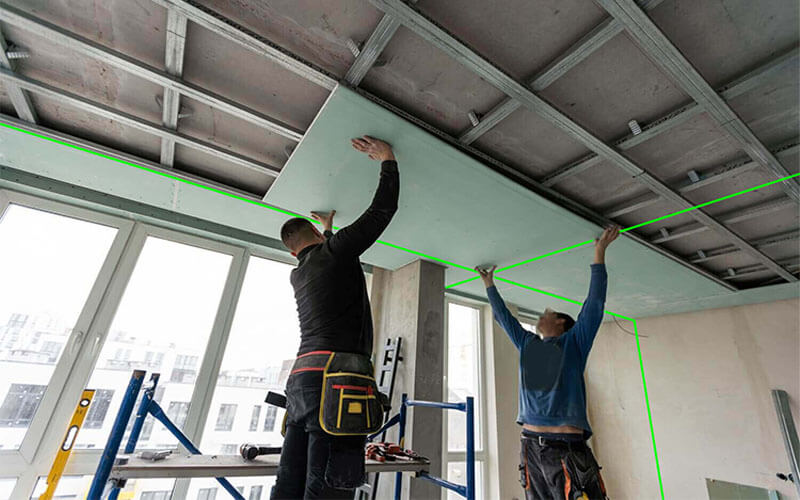
Achieving Precision in Your Projects: A Comprehensive Guide to 3D Laser Levels
Understanding Laser Levels: Types and Uses
Laser levels are tools that help with leveling and alignment in projects. They emit a straight line of light that is used as a guide. There are different types, like 3D, 4D, and cross line lasers. Each type has specific uses. 3d laser levels can show lines on all walls at once. This is good for tasks where you need full room layout. 4D lasers add an extra line for more complex projects. Cross line lasers show two lines that cross. They are good for simpler tasks where you need to align things like tiles or shelves. Understanding these differences helps you choose the right tool for your job.

Choosing the Right 3D Laser Level for Your Project
Selecting the right 3D laser level for your project is key to achieving precision. When deciding, think about the job's needs. Keep in mind the level's range, accuracy, and durability. Also, consider the user interface and battery life. Features like Bluetooth connectivity might be important for some tasks. Take time to compare different models and brands too. This will help you find the best fit for your job. For a smooth choice, ponder these points before buying.
Practical Tips for Using 3D Laser Levels Effectively
Using a 3D laser level is not just about turning it on and pointing. Proper setup and usage are key to precision. Here are three main areas to focus on:
- Setting Up Your 3D Laser Level: A Step-by-Step Guide: Begin by placing the laser level on a stable surface or tripod. Ensure it’s calibrated to avoid errors. Turn it on and adjust until you get a steady and clear beam.
- Best Practices for Precision and Accuracy: Use the fine-tuning knobs for exact alignment. Check the level’s accuracy over different distances. Always double-check your measurements.
- Maintenance and Safety Tips for Laser Levels: Clean your laser level after use. Store it in a protective case to avoid damage. Never point the laser beam at eyes or reflective surfaces.


